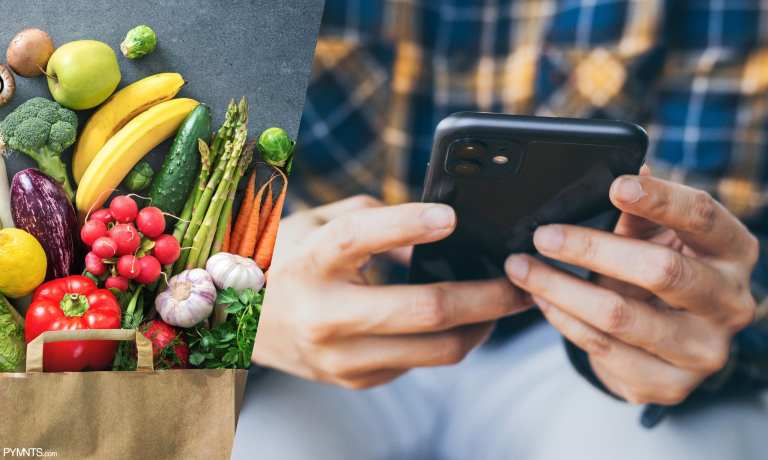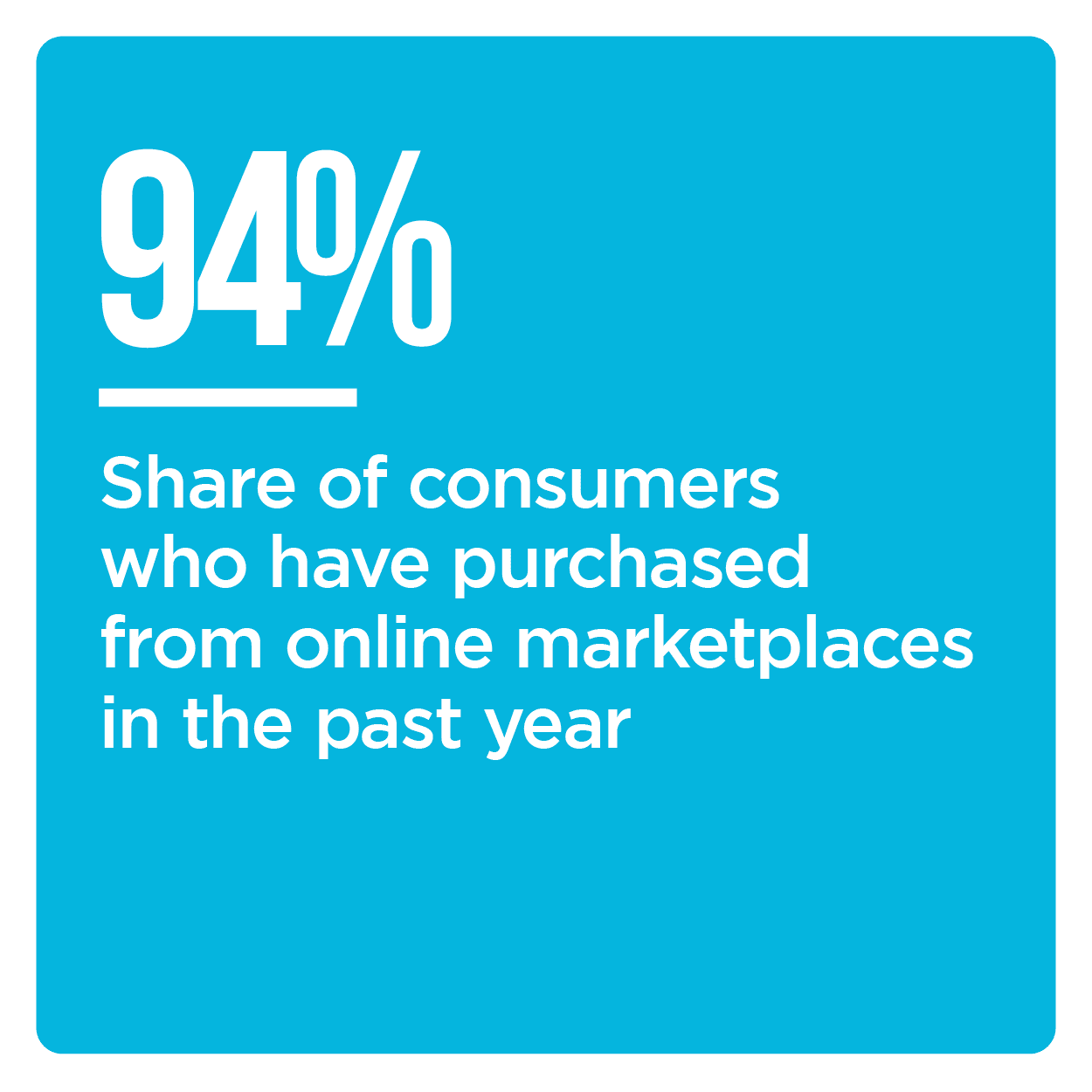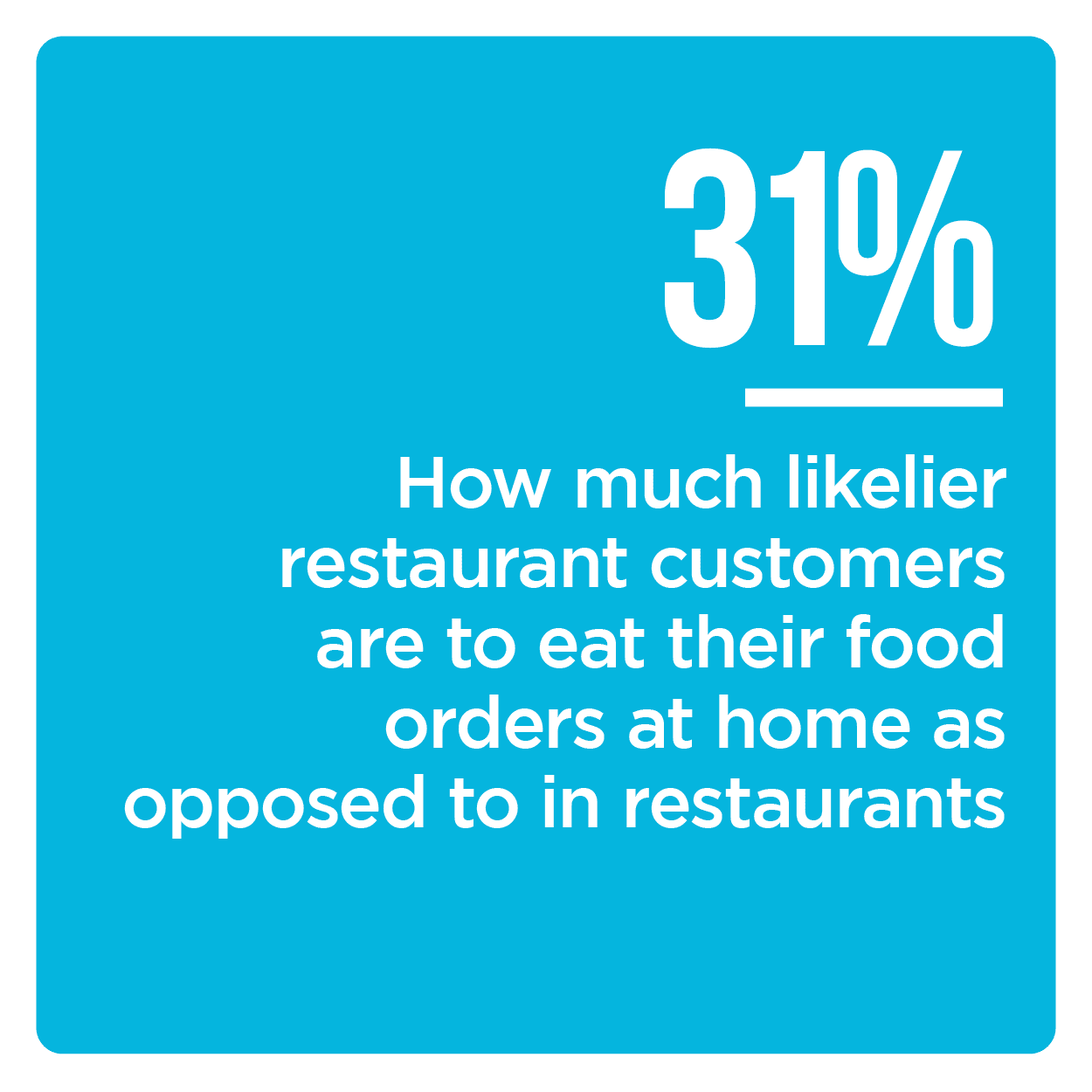NEW DATA: Ease, Convenience Drives Merchant Choice For 94 Pct Of Consumers

 Many United States consumers are now out and about, free to shop at any number of reopened businesses and dine at various restaurants. If you were to stop any of these consumers and ask where they made their last purchases, however, the odds are strong that they would refer you to an app, aggregator or digital marketplace.
Many United States consumers are now out and about, free to shop at any number of reopened businesses and dine at various restaurants. If you were to stop any of these consumers and ask where they made their last purchases, however, the odds are strong that they would refer you to an app, aggregator or digital marketplace.
 It is no secret that the past year has been a boon for digital businesses, and especially for online marketplaces and aggregators. What is less known is just how ubiquitous these platforms have become in that time. Ninety-four percent of U.S. consumers have made at least one purchase on a digital marketplace like Amazon, Etsy or eBay within the past year, and 52 percent have made a purchase through an online delivery aggregator like ShopRunner that might deliver their orders the same day. Some consumers are ordering their groceries using delivery services like Instacart, while others are buying household items and necessities via voice-enabled digital assistants. If you examine these digital channels as a whole, you will be hard-pressed to find and American consumer who does not use at least one.
It is no secret that the past year has been a boon for digital businesses, and especially for online marketplaces and aggregators. What is less known is just how ubiquitous these platforms have become in that time. Ninety-four percent of U.S. consumers have made at least one purchase on a digital marketplace like Amazon, Etsy or eBay within the past year, and 52 percent have made a purchase through an online delivery aggregator like ShopRunner that might deliver their orders the same day. Some consumers are ordering their groceries using delivery services like Instacart, while others are buying household items and necessities via voice-enabled digital assistants. If you examine these digital channels as a whole, you will be hard-pressed to find and American consumer who does not use at least one.
It could take years to comprehend just how drastically this remarkable and expansive shift in consumers’ shopping habits will change daily life in the U.S., but PYMNTS, in collaboration with Carat, by Fiserv, is taking the first steps to find out. The Bring-It-To-Me Economy: How Online Marketplaces And Aggregators Drive Omnichannel Commerce explores the myriad ways in which the digital purchasing habits that consumers have acquired since March 2020 have raised the bar on consumers’ expectations for  shopping convenience. We surveyed a census-balanced panel of 5,266 consumers about their most recent online and in-store commerce experiences to examine how their behaviors have shifted over the course of the past year. We also assessed the role that online marketplaces and aggregators have played in reshaping their fundamental conceptions about what shopping truly is.
shopping convenience. We surveyed a census-balanced panel of 5,266 consumers about their most recent online and in-store commerce experiences to examine how their behaviors have shifted over the course of the past year. We also assessed the role that online marketplaces and aggregators have played in reshaping their fundamental conceptions about what shopping truly is.
PYMNTS research shows that the ubiquity of these digital purchasing channels has subverted numerous long-established consumer behaviors in the U.S., especially the way that consumers eat. There was once a hard line separating at-home and restaurant dining, but that line has begun to blur. Restaurant customers are now 31 percent likelier to eat their food orders at home than they are to do so at restaurants, thanks in no small part to food aggregators like Uber Eats, GrubHub and DoorDash.
 At the same time, consumers’ grocery shopping journeys are beginning to look far more like their restaurant ordering experiences. Twenty-eight percent of consumers are ordering groceries online for curbside pickup more than they did before March 2020, and 27 percent are more often ordering them online for delivery via stores or local delivery services. The kitchen is now at the center of consumers’ culinary lives — regardless of whether they acquire pre-made meals from restaurants or get precooked foods from grocery stores.
At the same time, consumers’ grocery shopping journeys are beginning to look far more like their restaurant ordering experiences. Twenty-eight percent of consumers are ordering groceries online for curbside pickup more than they did before March 2020, and 27 percent are more often ordering them online for delivery via stores or local delivery services. The kitchen is now at the center of consumers’ culinary lives — regardless of whether they acquire pre-made meals from restaurants or get precooked foods from grocery stores.
This is far from the only aspect of U.S. consumers’ lives that has been reshaped amid the emergence of a digital-first economy. This digital shift has also reshaped how consumers want to pay in stores, their awareness of cybersecurity matters and much more. The Bring-It-To-Me Economy: How Online Marketplaces And Aggregators Drive Omnichannel Commerce explores the depths and nuances of these market trends and beyond.
To learn more about how the Bring-It-To-Me Economy is changing the broader economy, download the report.